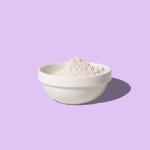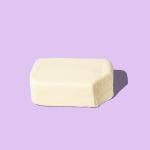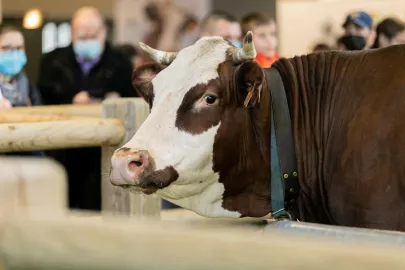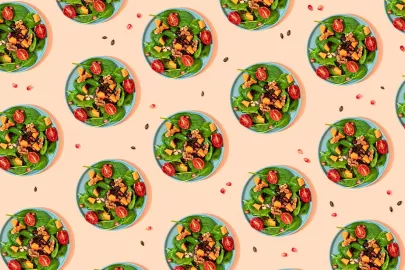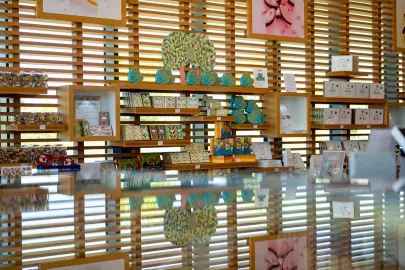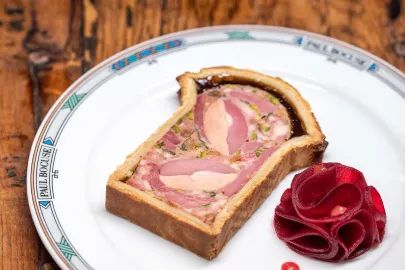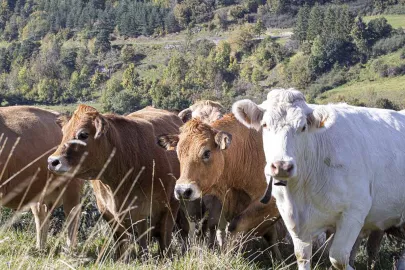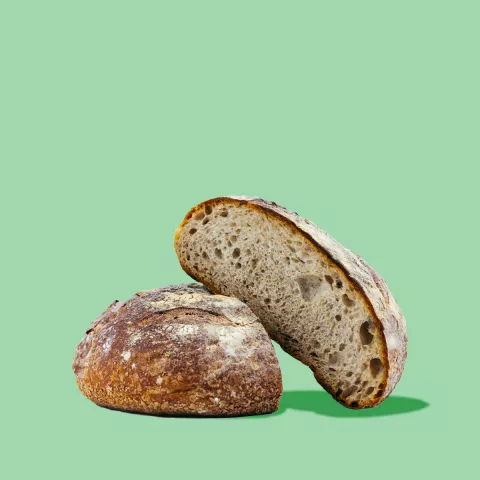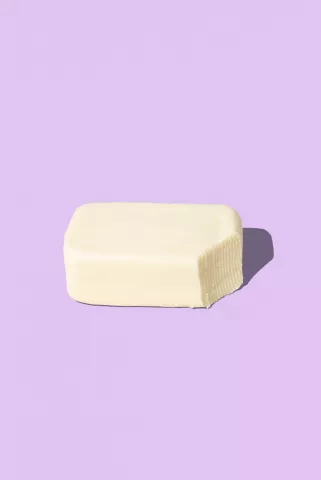"Let them eat brioche!". It was brioche, not cake that Marie-Antoinette is supposed to have suggested to Parisians complaining about the rising price of bread. What we aren't told is which kind of pastry the queen had in mind. After all, there are so many. Here's a taster...
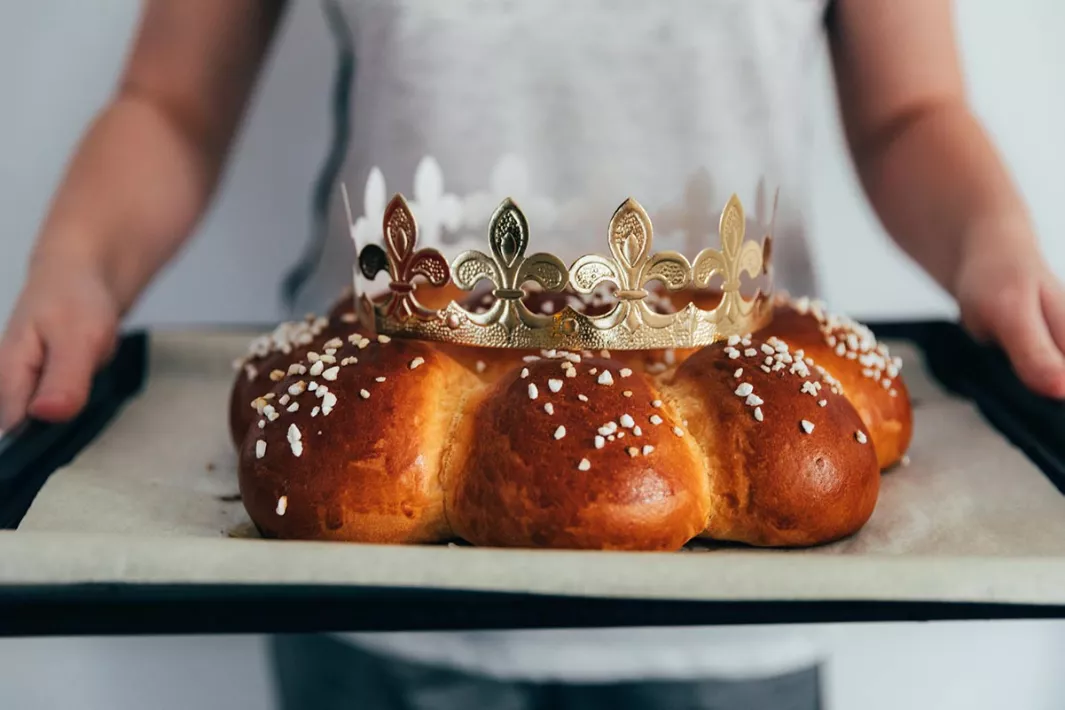
Dans cet article
Brioche à tête
The name of this classic brioche refers to its iconic shape. The dough is leavened with baker's yeast and generously enriched with butter and eggs, then divided into two balls, a large one and a small one, which is placed on top to form the head (tête). The whole thing is then baked in a flared, wide-fluted tin before being devoured!
Flaky brioche
Naughty but soooo nice: flaky brioche is folded and turned several times to create layers. Specifically, a layer of butter is wrapped in the dough, which is then rolled out, folded and turned, then rolled out and re-folded several more times. This technique results in a rich, airy texture that is nothing short of addictive.
Briochettes
All bakeries in France sell individually sized brioches, whether plain, with chocolate chips or decorated with crunchy nuggets of pearl sugar. Petits pains au lait are soft, sweet buns that contain a little less butter.
Praline brioche
A specialty from Lyon! Classic brioche dough is sprinkled with pralines, that is Barbie-pink almonds that have been roasted and coated in caramelized sugar. They may look kitsch, but the taste is utterly irresistible.
Kouglof or Kugelhopf
This Alsatian specialty is made with twice-leavened bread, slightly enriched with butter and most importantly, filled with whole almonds and raisins that have been soaked in rum or white wine. The kouglof is baked in a special ceramic mold which is often decorated with traditional, pretty, floral motifs, flutes and a hole in the center.
Contributeur
Editor

